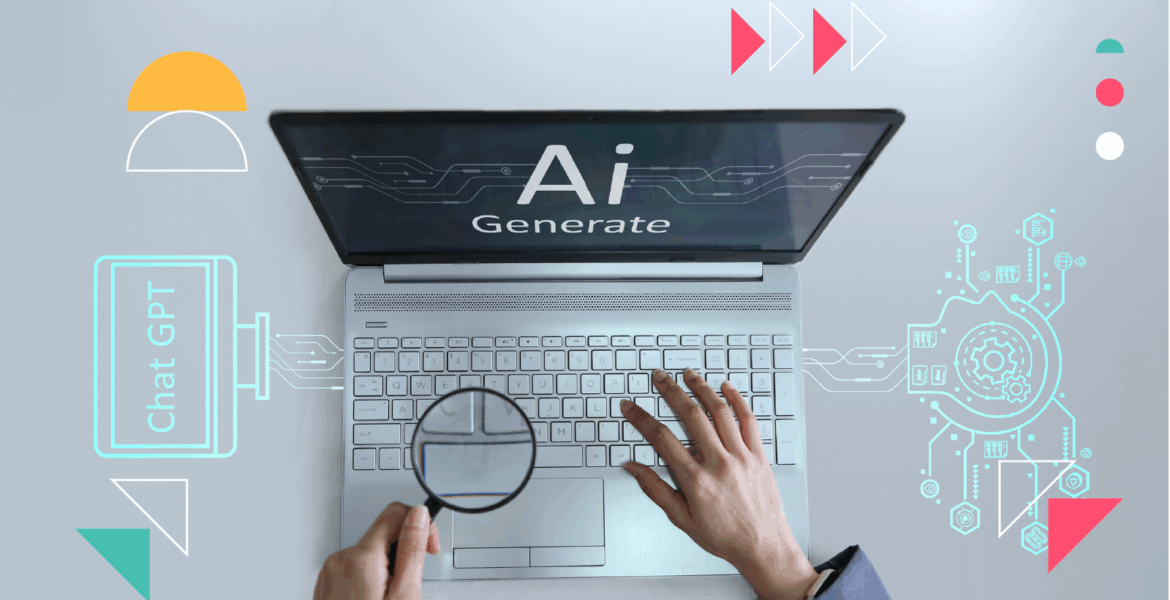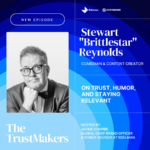By Danish Ahmed, Director of Product Management at Nativo
The internet used to be a place of exploration. People clicked through search results, scrolled feeds, and followed links from one idea to another. Today, discovery looks different. Instead of browsing, users ask. ChatGPT, Gemini, and Perplexity are becoming the new interface for finding information, products, and recommendations. These tools don’t send users to ten blue links. They provide one synthesized answer.
That shift fundamentally changes the relationship between publishers and their audiences. If a user can get the answer they need (or even make a purchase) directly in a chat window, they might never visit the publisher’s site. This erodes traffic, not to mention the direct relationship publishers have spent decades building. In a world where AI intermediates nearly every query, the challenge is less about attracting clicks and more about remaining visible inside the conversation itself.
What Publishers Still Own
General knowledge is now a commodity. AI systems can instantly summarize Wikipedia pages, aggregate headlines, and distill data from across the web. But journalism and brand-led publishing still create what no model can: new knowledge. Original reporting, investigative access, expert opinion, and distinctive voice are the elements that move understanding forward.
LLMs rely on this content to generate their outputs, but they do not generate it themselves. That distinction matters. Publishers are still the originators of credible information, yet AI ecosystems often strip away the source and context that make it trustworthy. To survive, publishers must ensure their voice, authorship, and authority remain visible inside these systems. The future of visibility will be determined by whether a publisher’s content is recognized, cited, and surfaced within AI-driven interfaces.
Owning the AI Layer
In the early days of digital media, publishers fought to “own the homepage.” It was the central hub for audience engagement, brand experience, and monetization. The new frontier is owning the AI layer, which is the conversational interface where discovery now begins.
Building an AI interface no longer requires massive engineering teams or proprietary LLMs. Today’s democratized technologies make it possible for any publisher to embed their content into vector databases, train retrieval-augmented systems, and create interactive, chat-based experiences. The real competitive edge for publishers won’t be technical sophistication; it will be voice, tone, and trust.
A publisher’s AI should feel like an extension of its editorial brand. For example:
- VogueGPT, a fashion companion that helps readers explore trends, reviews, and shoppable looks drawn directly from Vogue’s editorial catalog.
- WSJ Advisor, providing contextual answers to financial questions, grounded in Wall Street Journal reporting.
- Travel + Leisure Concierge, which recommends itineraries and books trips through trusted partners.
These examples blend publishers’ unique content and expertise with interactivity to turn passive consumption into guided discovery. The most successful publishers will translate their editorial authority into AI interfaces that act as experts, curators, and concierges.
Agentic Media and the New Revenue Stack
As large language models evolve from summarizing content to performing actions, publishers’ monetization models must evolve too. In agentic environments, users delegate tasks. They ask AI to book a hotel, compare insurance policies, or recommend a skincare product and add it to a cart. This shift collapses the distance between discovery and conversion, creating new revenue moments directly within the interface.
For publishers, that presents four primary opportunities:
- Subscriptions: AI-powered features can become premium membership benefits. Imagine subscriber-only assistants that deliver personalized briefings or exclusive financial analyses.
- Ads: Conversational sponsorships and contextual integrations can offer brand alignment that feels organic, not interruptive. A fitness brand could appear as a recommended partner within a health-focused chat experience.
- Agentic Commerce: Publishers can merge editorial authority with transactional convenience. An AI-driven content engine might recommend products and complete the purchase within the same flow, combining the strengths of affiliate, performance, and branded content.
- Licensing: As AI platforms seek structured, high-quality data, publishers can license verified, brand-attributed content directly to these systems.
In this new model, monetization happens at the moment of intent, inside the AI-driven experience. Publishers must design systems that capture that value rather than watching it flow outward to third-party platforms.
Rebuilding Loyalty in the Age of Interfaces
Loyalty has always been media’s most fragile currency. For years, it has been challenged by social platforms, search algorithms, and shifting attention spans. Now, as audiences build daily habits around interfaces like ChatGPT and Gemini, loyalty is being transferred from brands to the AI intermediaries.
Yet trust and personality still matter. The relationship between reader and publisher is built on confidence in expertise, ethical standards, and shared identity. AI cannot replicate that emotional connection, but it can amplify it if used intentionally.
Publishers can rebuild what might be called “micro-loyalty” by creating AI companions tailored to niche interests and local communities. A sports publisher could develop an assistant that remembers favorite teams and provides tailored updates. A regional news outlet might offer a local information bot that understands the user’s neighborhood and policy concerns. In every case, the goal is to make readers feel recognized and understood.
Personalization, when rooted in real editorial identity, becomes a new form of loyalty. The AI companion should be both a utility and a reflection of the publisher’s voice and values. To stand apart from generic AI tone, publishers must infuse their models with human authority and brand personality.
Owning the Pipes
Ultimately, every publisher must take control of three foundational layers to thrive in the AI era:
- Data Layer: Structure and embed content so that it can be retrieved, cited, and contextualized by your own AI system. This includes metadata, schema, and vector embeddings that make content discoverable to both humans and machines.
- Experience Layer: Develop brand-owned interfaces (whether standalone chat experiences, in-app assistants, or integrations with existing platforms) that deliver personalized, conversational engagement.
- Monetization Layer: Define how value flows back to the publisher. Whether through subscriptions, commerce, or conversational ads, control over this layer determines long-term sustainability.
Owning these pipes means reclaiming agency in a world where intermediaries increasingly shape discovery, engagement, and monetization. Publishers built the internet’s first knowledge infrastructure. They now have the opportunity and responsibility to build the next one, where trusted human insight and intelligent machines work together in the same conversation.











